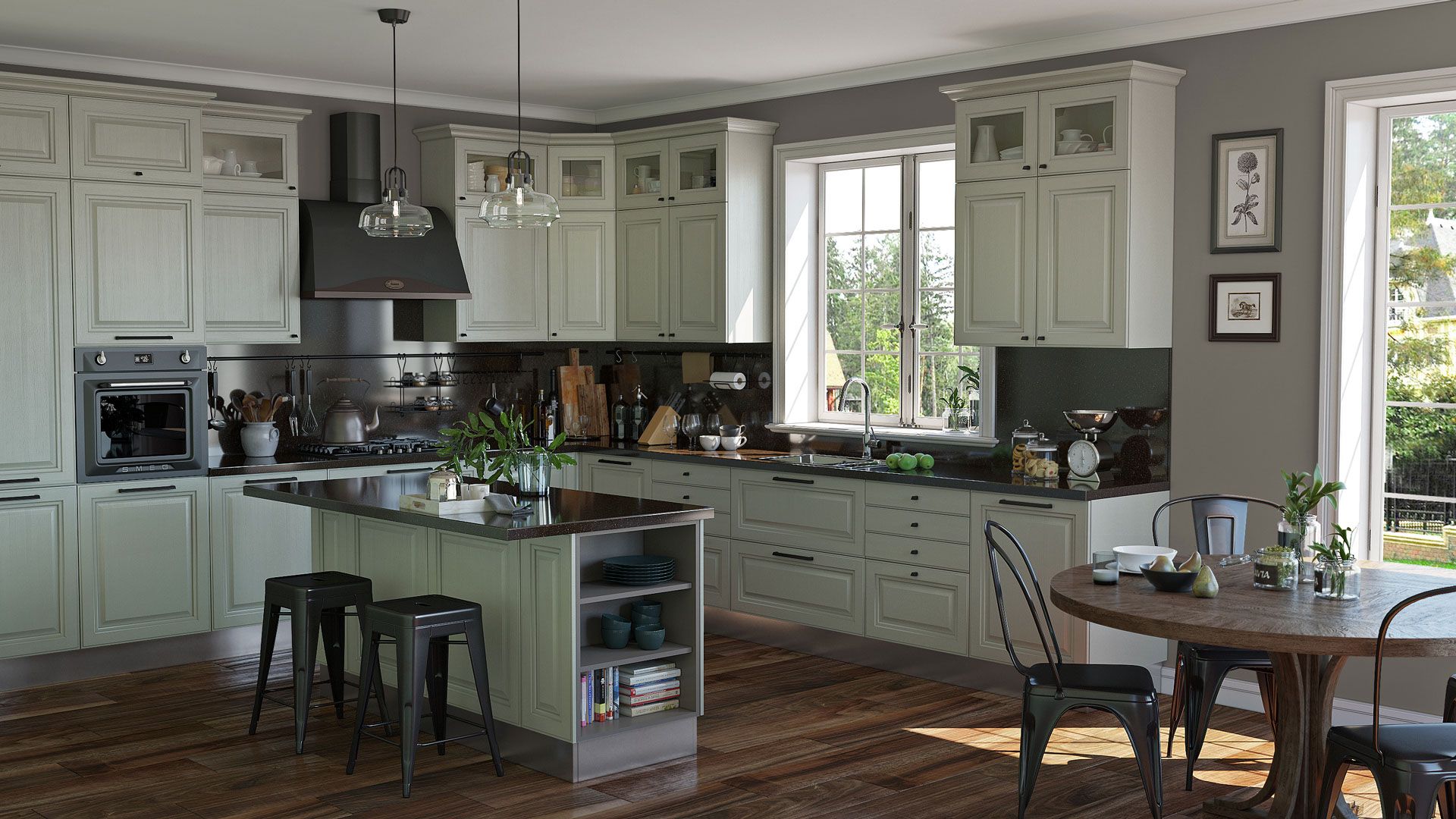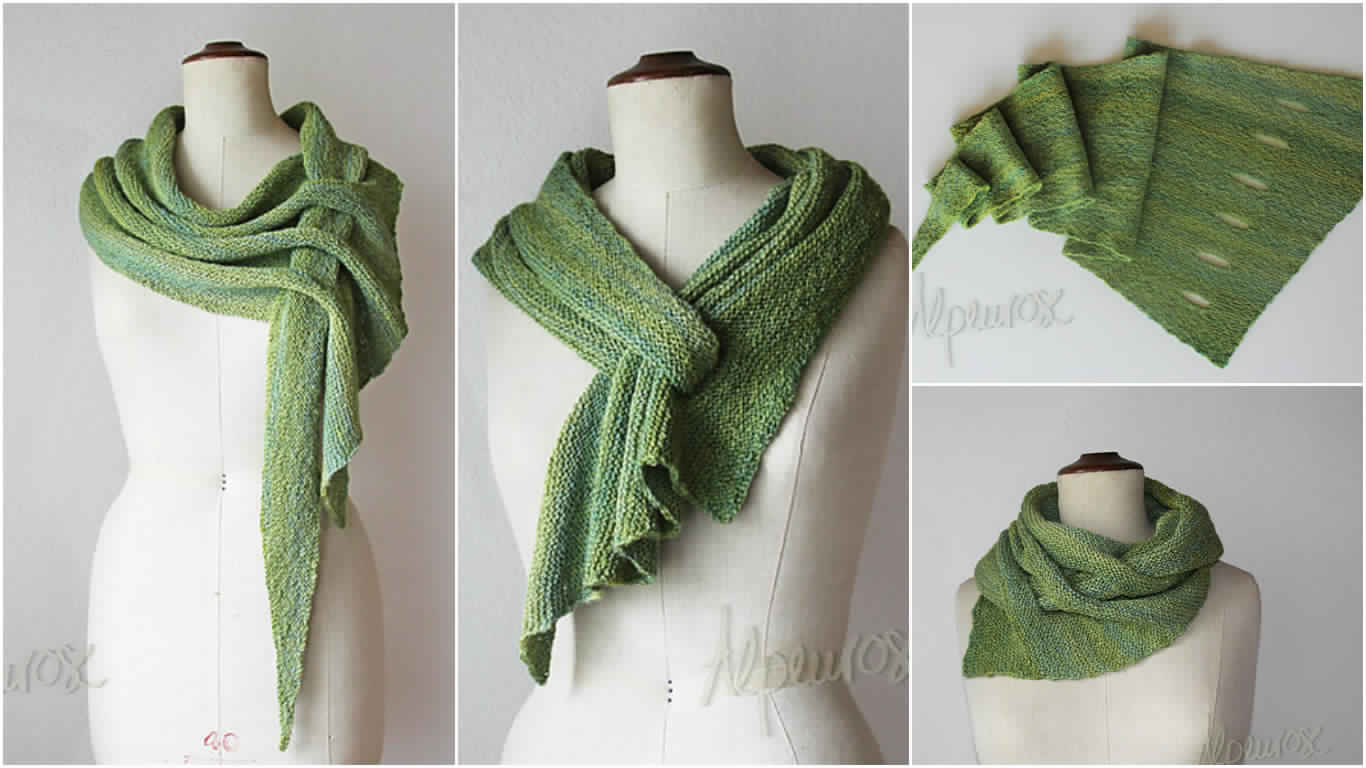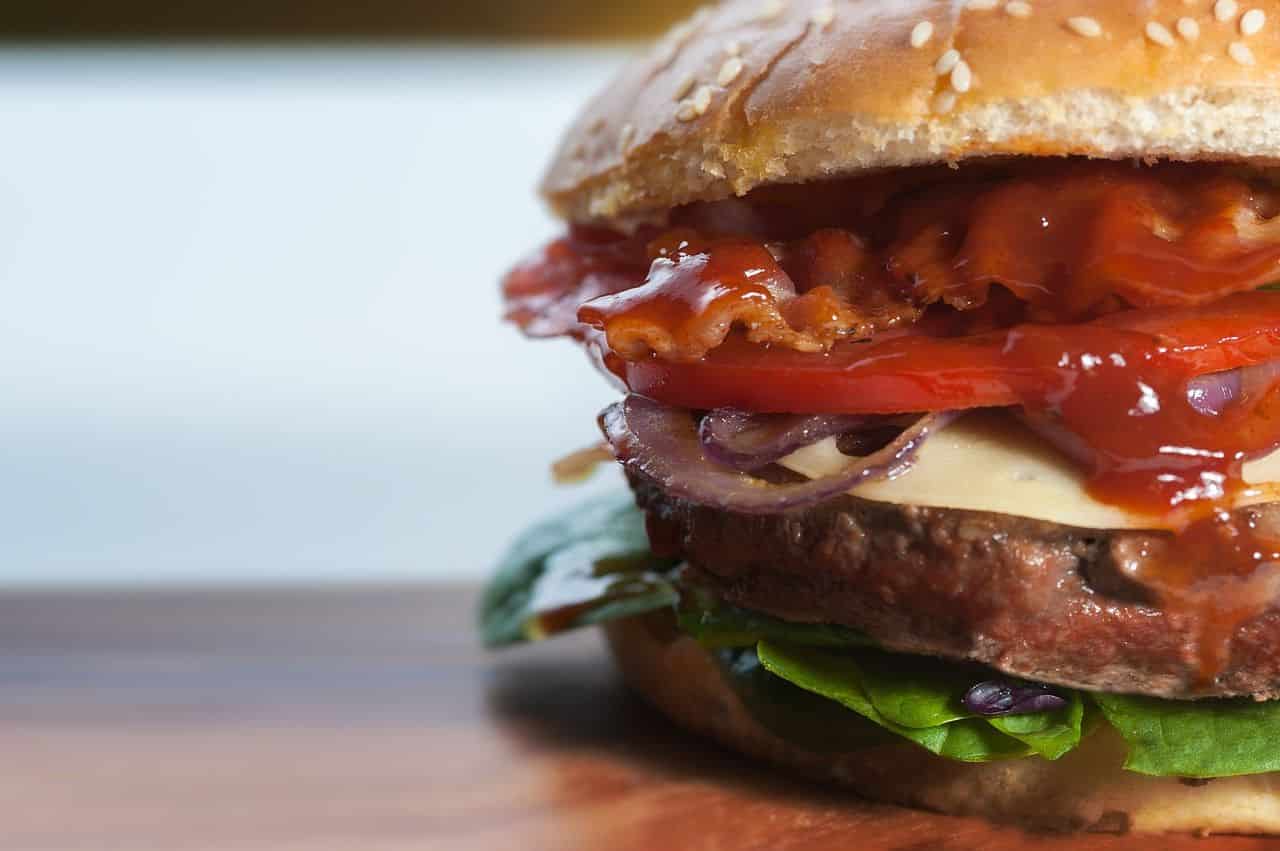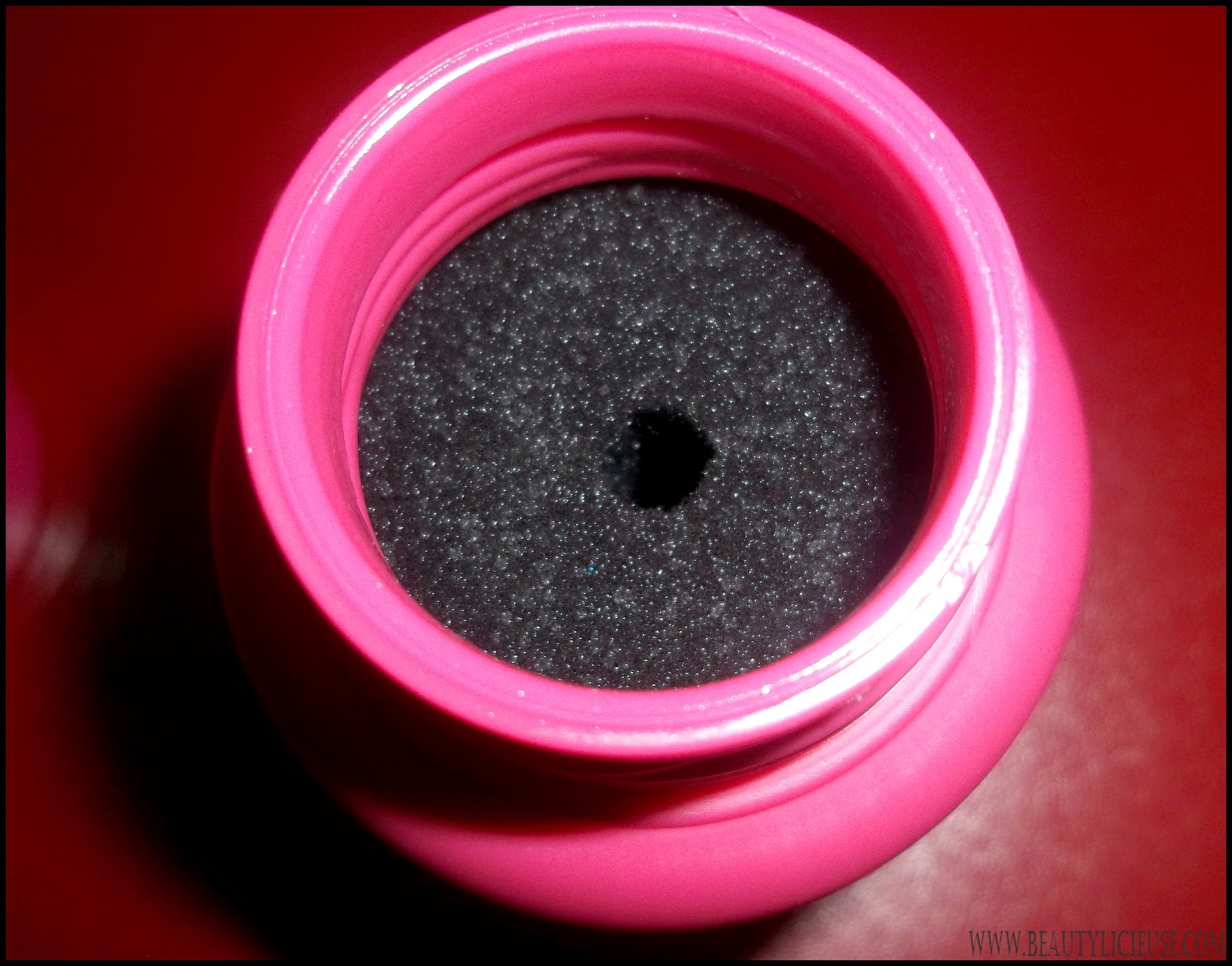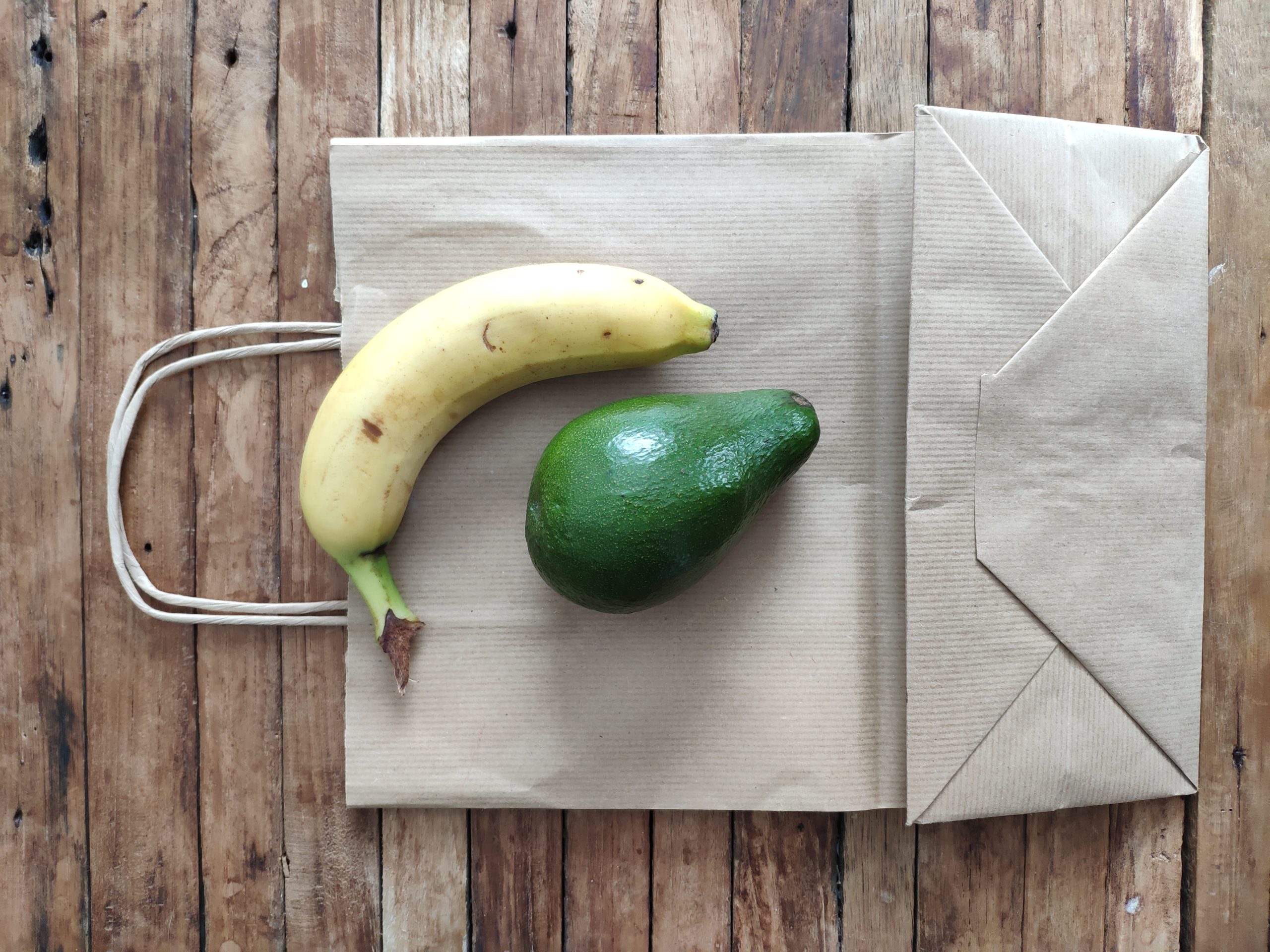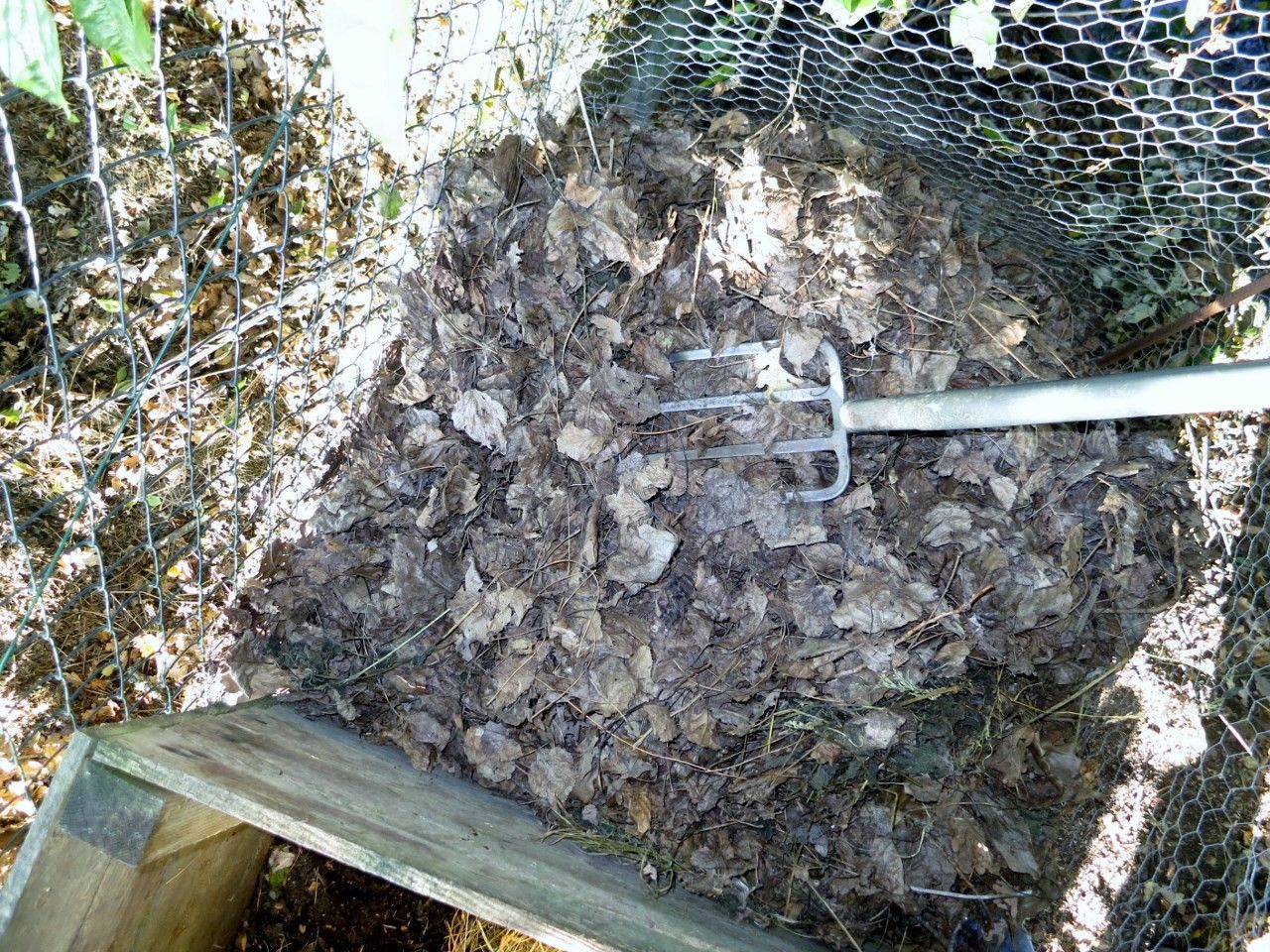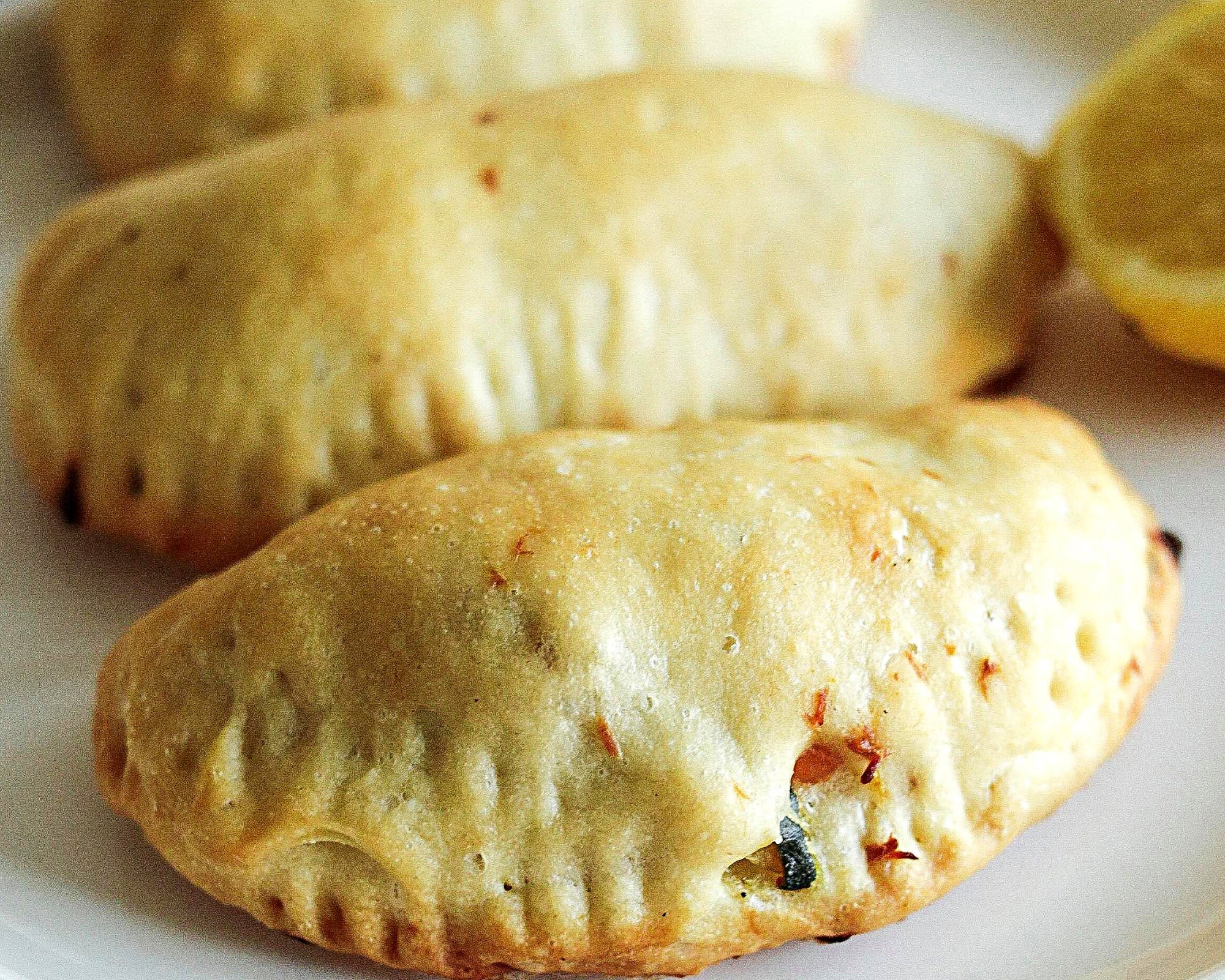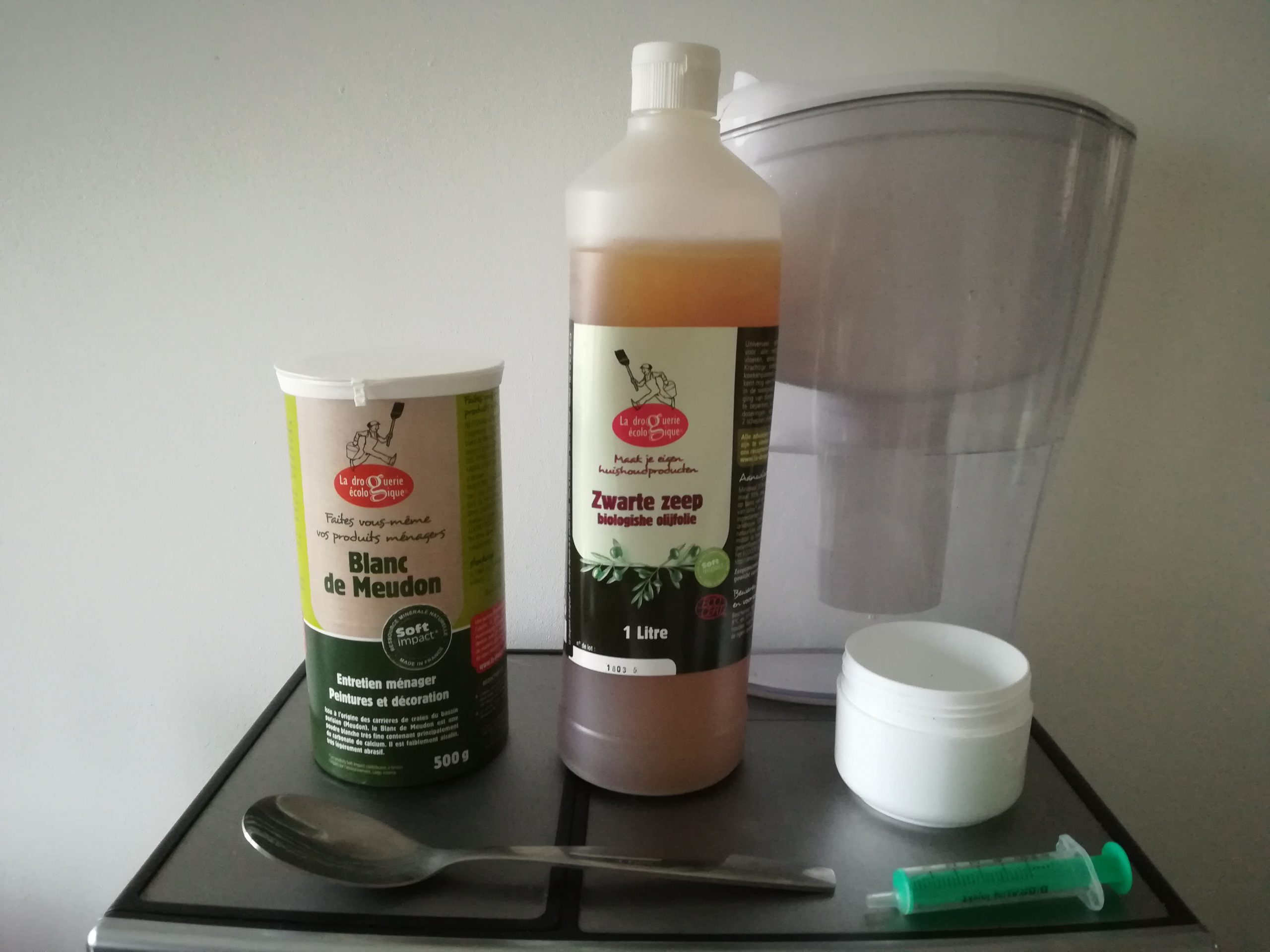Never Miss Your Recipes! The Indispensable Conversion Table For Cooking.
Often, we do not understand the measurements used in recipes!
How many cls is one cup?
How many grams is a tablespoon?
Teaspoon, tablespoon, cup, bowl, gram, milliliter ...
... with all these measurement standards, we no longer understand anything!
The concern is that an ingredient too large or too small can make you miss the preparation of a dish.
Fortunately, here is the one and only kitchen conversion table you need. Look :

To easily print this conversion table to PDF, click here.
Common containers and units
• 1 teaspoon
= 0.5 cl
= 5 g (salt, sugar, semolina)
= 4 g (flour, semolina)
= 3 g (cocoa, starch)
• 1 tablespoon
= 1.5 cl
= 15 g (sugar, butter)
= 12 g (flour, crème fraîche)
• 1 cup = 10 cl
• 1 bowl
= 35 cl
= 300 g (rice)
= 220 g (flour)
• 1 mustard glass
= 15 cl
= 100 g (flour, semolina)
= 125 g (rice)
= 140 g (sugar)
• 1 shot glass = 3 cl
• 1 large glass
= 25 cl
= 150 g (flour, semolina)
= 200 g (rice)
= 220 g (sugar)
• 1 gallon = 3,785 l
Dry ingredients
• 1 cup of flour
= 100 g
= 4 oz (ounces)
• 1 cup of cornstarch
= 100 g
= 4 oz
• ½ cup of powdered sugar
= 100 g
= 4 oz
• ½ cup of icing sugar
= 100 g
= 4 oz
• 1 tablespoon of butter or margarine
= 15 g
= ½ oz
• ½ cup of butter or margarine
= 100 g
= 4 oz
• ¾ cup of walnuts, hazelnuts, crushed almonds
= 100 g
= 4 oz
• 1 cup of grated cheese
= 100 g
= 4 oz
• 1 ⅓ cup of honey or maple syrup
= 450 g
= 16 oz
• 1 cup of fresh cream
= 175 g
= 6 oz
• ½ cup of dried fruits (raisins or others)
= 75 g
= 3 oz
• 2 cups of fresh fruit (raspberries, cherries or others)
= 100 g
= 4 oz
• 1 cup of cereal
= 175 g
= 6 oz
Liquid ingredients
• ¼ cup
= 50 ml
= 2 fl oz (fl oz = fluid ounce)
• ½ cup
= 120 ml
= 4 fl oz
• ¾ cup
= 175 ml
= 6 fl oz
• 1 cup
= 240 ml
= 8 fl oz
• 1 ¼ cup
= 300 ml
= 10 fl oz (½ pint)
• 2 ½ cups
= 575 ml
= 20 fl oz (1 pint)
Proportions per adult
• Meat
= 150 to 200 g (boneless)
= 125 to 150 g (chopped)
• Fish
= 250 g (whole)
= 200 g (fillets)
• Salad (vegetables, rice, pasta)
= 300 g (as a main course)
= 200 g (as a starter) "
• Vegetable garnish
= 175 to 250 g
• Pasta (cooked weight)
= 125 g (as a main course)
= 100 g (as a garnish) "
• Rice (cooked weight)
= 120 g (as a main course)
= 75 g (as a garnish)
• Fruits (salads, compotes)
= 175 to 250 g
Your turn...
Have you tested these tables to convert a measure into a kitchen? Tell us in the comments if it worked for you. We can't wait to hear from you!
Do you like this trick ? Share it with your friends on Facebook.
Also to discover:
Baking: Our Guide To Converting Temperatures to a Thermostat.
Missing a Spice for a Recipe? Here's What To Replace It With.

